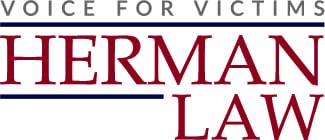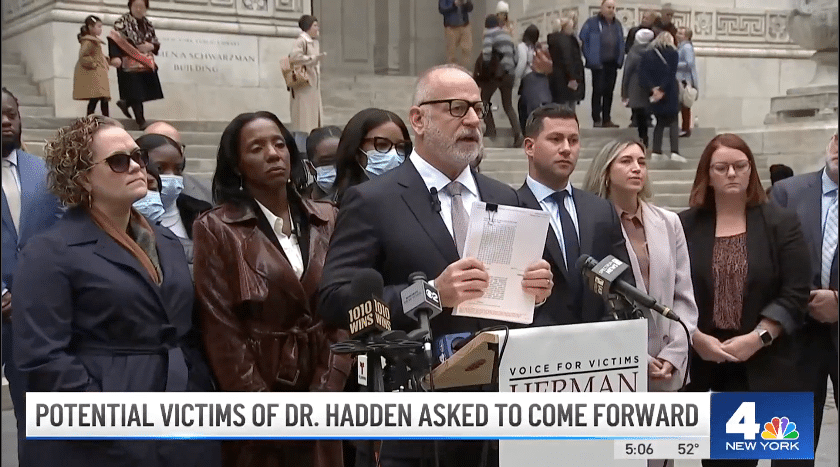According to the Bridgewater Courier News, on Feb. 11, New Jersey’s five Catholic dioceses announced the creation of the victim compensation program to pay eligible victims of clergy child sexual abuse.
Nearly 50 years after the first attack occurred, Todd Kostrub finds it easier to talk about the sexual abuse he said he endured at the hands of a Franciscan clergyman, but the pain never goes away.
Yet, when Kostrub heard New Jersey’s five Catholic dioceses created an independent victim compensation program for victims of child sexual abuse, he was initially optimistic — until he learned that he was excluded from making a claim because the man was a brother of a religious order, not a diocesan priest.
“The worst thing you can do to a victim, to a survivor, is to pretend you’re helping — that you’re doing the right thing,” Kostrub said, “but in reality, what you’re doing is throwing somebody a drop of water when there’s a raging fire out there.”
On Feb. 11, New Jersey’s five Catholic dioceses announced the creation of the statewide Independent Victim Compensation Program to pay eligible victims who were sexually abused by clergy of the Roman Catholic Church while minors.
The program will be administered by Kenneth Feinberg and Camille Biros, both of whom oversaw the Penn State sexual abuse claims, the 9/11 Victim Compensation Fund and the BP Gulf of Mexico Oil Spill Fund, among others.
The program, however, prohibits claims of clergy sexual abuse by members of a religious order, who do not answer to the Archdiocese of Newark or the Dioceses of Metuchen, Camden, Trenton or Paterson.
Kostrub, of Surf City, said he was abused between 1972 to 1979 by a Franciscan brother named Kurt Munn. Although Munn was a brother of an independent Catholic order, he worked at Holy Assumption School, which is tethered to Holy Assumption Church in Roebling, and falls under the Diocese of Trenton.
“He was my basketball coach, my baseball coach, he was in charge of the altar boys, and when I became seven years old I became eligible to become an altar boy,” Kostrub said. “And that’s when he began raping me.”
Religious Brothers and Priests
Religious brothers, unlike diocesan priests, vowed their lives independently from diocesan priesthood.
They can work at diocesan properties and can become priests within their religious order. If they are ordained as priests, they oftentimes dress the same as diocesan priests and can preside over mass and offer sacraments.
Religious brothers and priests are an ancient concept and date back centuries. According to the Center for Applied Research in the Apostolate at Georgetown University, there were 11,623 religious brothers and 21,920 religious priests in the United States in 1970. That same year there were a recorded 37,272 diocesan priests.
In 2017, the latest year reported, there were 4,007 religious brothers, 11,424 religious priests and 25,757 diocesan priests.
During that same year, there were a recorded 37,181 total priests in the United States. Religious brothers and religious priests, at a combined 15,431, made up roughly 41 percent of that number.
Religious brothers and priests answer to an abbot or a provincial and live by a separate set of standards than diocesan priests. Diocesan priests answer to a bishop.
“There could be hundreds of victims who suffered at the hands of religious order brothers or priests, all of whom are being left out of the compensation program,” said nationally recognized sex abuse attorney Jeff Herman.
“The right thing to do is to allow these survivors to have their day in court. These predator priests and their enabling institutions must be held accountable,” said Jeff.


